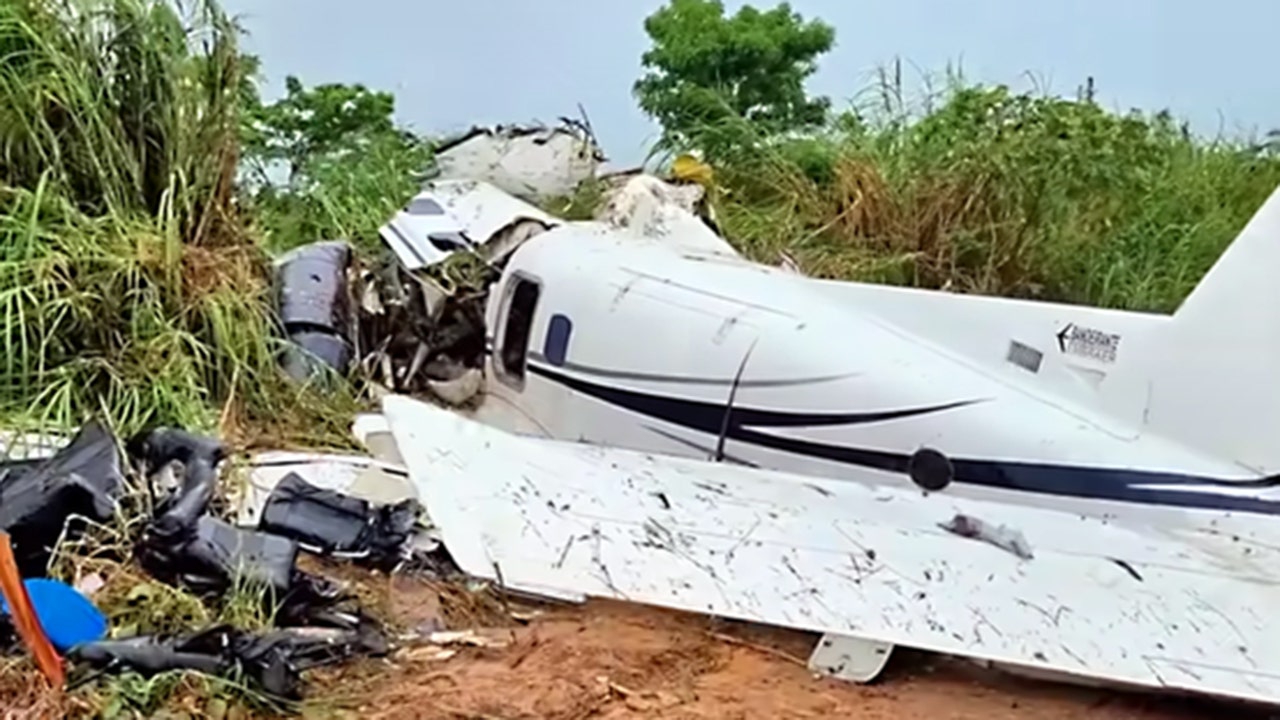Historical Overview of Brazil Plane Crashes: Brazil Plane Crash Type

Brazil has a long and unfortunately tragic history of aviation accidents. From the early days of commercial aviation to the present, the country has experienced a significant number of plane crashes, resulting in countless lives lost and a lasting impact on the nation’s aviation safety landscape. This historical overview delves into the timeline of significant plane crashes in Brazil, exploring their impact on aviation safety regulations and public perception, and analyzing common factors contributing to these accidents.
Timeline of Significant Plane Crashes in Brazil
This section provides a chronological overview of some of the most notable plane crashes in Brazil, highlighting their impact and contributing factors.
- 1949: Cruzeiro do Sul Flight 174 – On January 21, 1949, a Lockheed Constellation operated by Cruzeiro do Sul crashed near the city of Caratinga, Minas Gerais, killing all 50 passengers and crew members. This was the deadliest aviation accident in Brazil at the time, prompting the establishment of the National Civil Aviation Agency (ANAC) in 1949 to regulate and oversee aviation safety in the country.
- 1961: Varig Flight 831 – On January 28, 1961, a Lockheed Constellation operated by Varig crashed into a mountain near the city of Porto Alegre, Rio Grande do Sul, killing all 33 passengers and crew members. This accident highlighted the need for improved navigational aids and flight planning procedures in mountainous regions.
- 1973: Varig Flight 820 – On September 3, 1973, a Boeing 707 operated by Varig crashed into the sea off the coast of Paris, France, killing 118 passengers and crew members. This was the deadliest aviation accident in Brazilian history at the time. The accident investigation revealed that the crash was caused by a combination of pilot error and mechanical failure.
- 1982: TAM Flight 352 – On January 16, 1982, a Fokker F27 Friendship operated by TAM crashed near the city of São Paulo, killing 54 passengers and crew members. This accident was attributed to pilot error and a lack of proper training.
- 1989: Gol Transportes Aéreos Flight 1907 – On September 29, 2006, a Boeing 737-800 operated by Gol Transportes Aéreos collided in mid-air with an Embraer Legacy 600 over the Amazon rainforest, killing all 154 passengers and crew members on board the Gol flight. This was the deadliest aviation accident in Brazilian history. The accident investigation revealed that the collision was caused by a combination of pilot error, air traffic control failures, and a lack of communication between the two aircraft.
Impact on Aviation Safety Regulations and Public Perception, Brazil plane crash type
These accidents had a significant impact on aviation safety regulations and public perception in Brazil.
- Following the Cruzeiro do Sul Flight 174 crash, the National Civil Aviation Agency (ANAC) was established in 1949 to oversee and regulate aviation safety in the country. ANAC has implemented a series of safety regulations, including stricter pilot training requirements, improved aircraft maintenance standards, and the introduction of new technologies such as flight data recorders (FDRs) and cockpit voice recorders (CVRs).
- The Varig Flight 820 crash led to the development of new international safety standards for aircraft maintenance and flight operations.
- The Gol Transportes Aéreos Flight 1907 crash prompted a review of air traffic control procedures in Brazil, resulting in the implementation of new technologies and training programs for air traffic controllers.
- These accidents have also had a significant impact on public perception of aviation safety in Brazil. Many Brazilians have become increasingly wary of flying, particularly after the Gol Flight 1907 crash. This has led to a decline in passenger numbers on domestic flights and has prompted calls for increased government oversight of the aviation industry.
Causes of Plane Crashes in Brazil
A comprehensive analysis of aviation accidents in Brazil reveals several common factors contributing to these tragedies.
- Pilot Error: Human error is a significant factor in many aviation accidents. This can include mistakes in navigation, communication, or decision-making.
- Mechanical Failure: Malfunctioning aircraft systems, such as engine failure or hydraulic problems, can also lead to crashes.
- Weather Conditions: Severe weather conditions, such as thunderstorms or fog, can pose significant challenges to pilots and can contribute to accidents.
- Air Traffic Control Failures: Errors in air traffic control, such as miscommunication or improper coordination, can lead to collisions or other accidents.
- Terrorism: While less common, acts of terrorism have also played a role in some aviation accidents in Brazil.
Brazil plane crash type – Brazil has experienced a variety of plane crashes throughout its history, ranging from small private aircraft incidents to larger commercial airline disasters. The recent plane crash in Brazil today serves as a tragic reminder of the dangers associated with air travel.
Investigating the cause of these crashes is crucial to improving safety measures and preventing similar tragedies in the future.
The investigation into the Brazil plane crash type will likely involve a thorough analysis of the aircraft’s maintenance records, pilot experience, and weather conditions. This meticulous process, similar to the scrutiny of a Trump press conference , will aim to uncover any contributing factors that may have led to the tragic incident.
The final report will likely shed light on the specific type of plane crash, providing valuable insights for future safety protocols and investigations.
